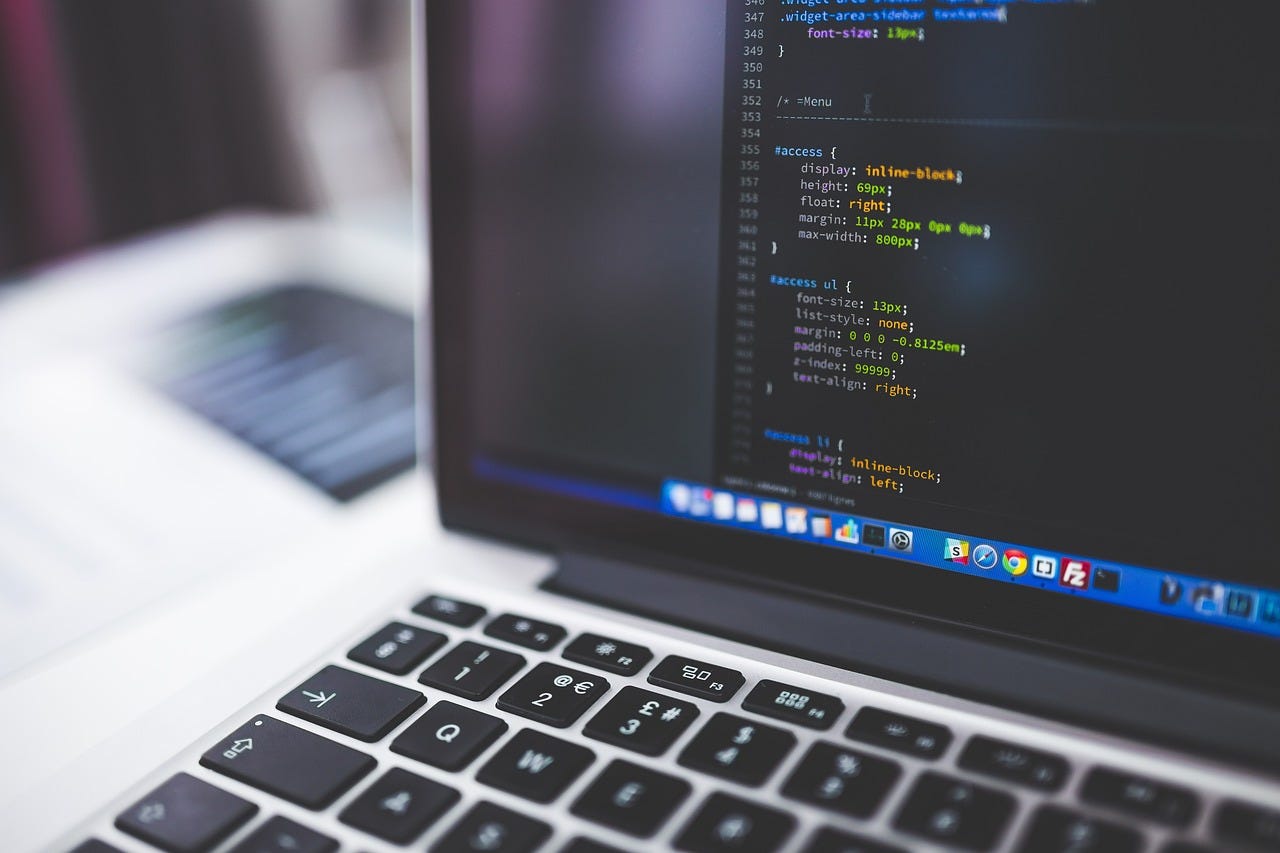Welcome to the world of Pythonic practices, where elegance meets efficiency in code. In this blog, we’ll explore the art of writing Pythonic code and why it matters for developers. From readability to performance, we’ll delve into the principles that make Python code not just functional but also beautiful.
II. What Makes Code Pythonic?
Pythonic code embodies the principles and philosophies that make Python a unique and expressive language. It values simplicity, readability, and beauty. Non-Pythonic code, on the other hand, often sacrifices these qualities. Throughout this blog, we’ll examine key Pythonic principles and contrast them with less elegant alternatives.
III. Readable Code: The Zen of Python
“The Zen of Python” by Tim Peters provides guiding principles for writing code in a Pythonic way. Embracing concepts like readability counts and simplicity, Pythonic code follows these mantras to enhance collaboration and maintenance. We’ll showcase examples that highlight the importance of adhering to “The Zen of Python.”
IV. Elegance in Pythonic Code
Writing elegant Pythonic code involves using language features to their fullest. We’ll explore the beauty of list comprehensions, the readability gained from Python’s syntactic sugar, and the power of leveraging built-in functions. Through practical examples, we’ll demonstrate how these techniques result in concise and expressive code.
V. Efficiency in Python Programming
While elegance is crucial, efficiency is equally important. We’ll discuss the optimization of code for performance, covering techniques such as algorithmic improvements and using appropriate data structures. Understanding time and space complexity considerations will be key to writing efficient Python code.
VI. Common Pythonic Idioms
Pythonic idioms and patterns contribute to code expressiveness. From iterable unpacking to context managers, we’ll explore common Pythonic idioms that not only enhance the readability of your code but also make it more idiomatic. These idioms are the building blocks of elegant and efficient Python programming.
VII. Best Practices for Python Development
Maintaining a consistent coding style is essential for collaboration. PEP 8, Python’s style guide, provides recommendations for writing clean and readable code. We’ll discuss the importance of adhering to coding standards, effective use of comments and docstrings, and the role of version control in collaborative development.
VIII. Tools for Code Quality
Ensuring code quality involves the use of tools like pylint, black, and mypy. We’ll explore how code linters and formatters can help maintain a consistent coding style and catch potential issues early in the development process. Integrating these tools into your workflow is crucial for upholding Pythonic practices.
IX. Case Studies: Real-world Examples
Let’s dive into real-world Python codebases to analyze and identify Pythonic practices. By examining successful open-source projects, we can learn valuable lessons and understand how Pythonic principles are applied in complex, large-scale applications.
Takeaway
Adopting Pythonic practices is not just about following a set of rules; it’s about embracing a mindset that values clarity, simplicity, and efficiency. As you embark on your journey to write more elegant and efficient Python code, remember that Pythonic practices evolve, and continuous learning is key.











